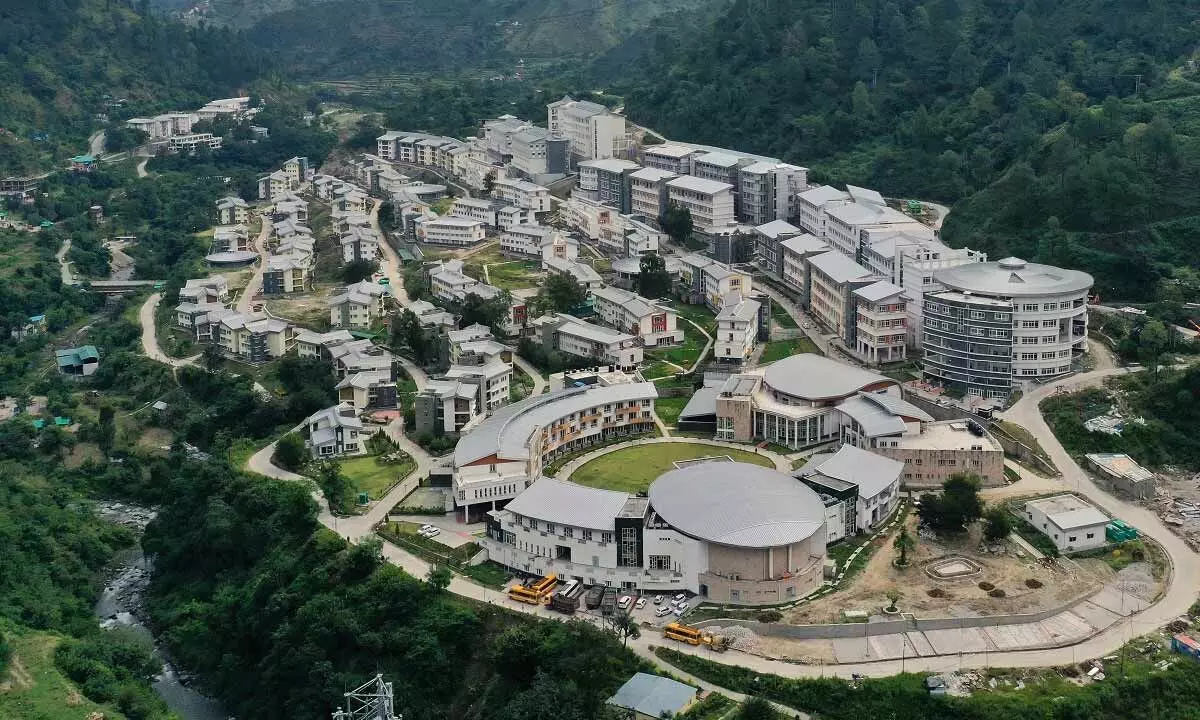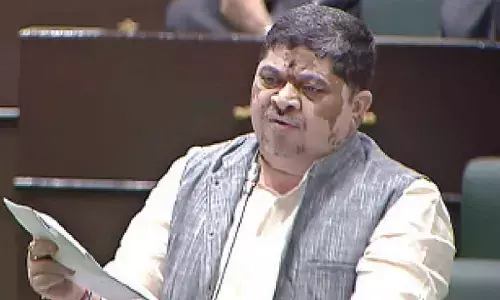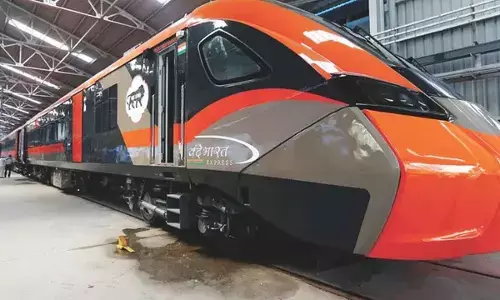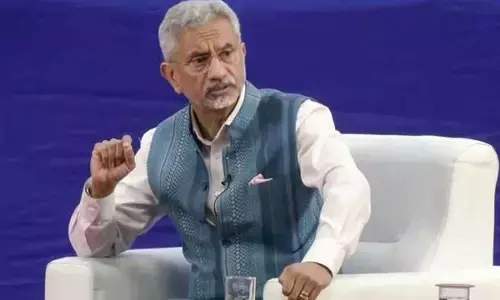IIT Mandi develops method to monitor ageing of bridges real-time using traffic data
Share :

Researchers at the Indian Institute of Technology (IIT) Mandi on Thursday announced the development of an innovative method that uses traffic data to monitor the health of ageing bridges in real time.
Mandi: Researchers at the Indian Institute of Technology (IIT) Mandi on Thursday announced the development of an innovative method that uses traffic data to monitor the health of ageing bridges in real time.
Bridges endure repeated cyclic loads, including traffic, wind, and environmental conditions. These stresses can over time weaken the integrity of the structures, leading to potential catastrophic failures.
The method uses digital modelling to predict weak spots on bridges and strategically place sensors, enabling real-time monitoring and quick action without extensive equipment or traffic disruption.
The approach zeroes in on the most vulnerable parts of a bridge, allows agencies to optimise budgets, targets high-risk areas, and make faster decisions in emergencies like earthquakes or floods, enhancing public safety.
"Our approach focuses on monitoring only the critical zones of a bridge, significantly reducing costs and the need for extensive equipment,” said Dr. Subhamoy Sen, Associate Professor, School of Civil and Environmental Engineering, IIT Mandi.
Sen added the method leverages traffic data “to provide real-time assessments and make timely interventions, ensuring bridge safety and longevity without major traffic disruptions".
The method focuses on the most critical areas rather than monitoring the entire structure.
In the research, published in the journal Structural Health Monitoring, the team depicted the innovative approach by developing a digital model of the bridge to predict how different traffic patterns impact various parts of the bridge over time.
This helped experts identify the areas most susceptible to damage, where fatigue-sensitive sensors could be installed to monitor stress and vibrations.
This real-time data, combined with traffic patterns from the digital model, allowed experts to track how traffic affects the bridge over time, the team said. If needed, adjustments to traffic flow and speed can be made to ensure the bridge’s safety and prevent damage.
Once the initial setup is complete, regular monitoring can be handled by less specialised personnel, further reducing costs and making it easier to apply to multiple bridges.










